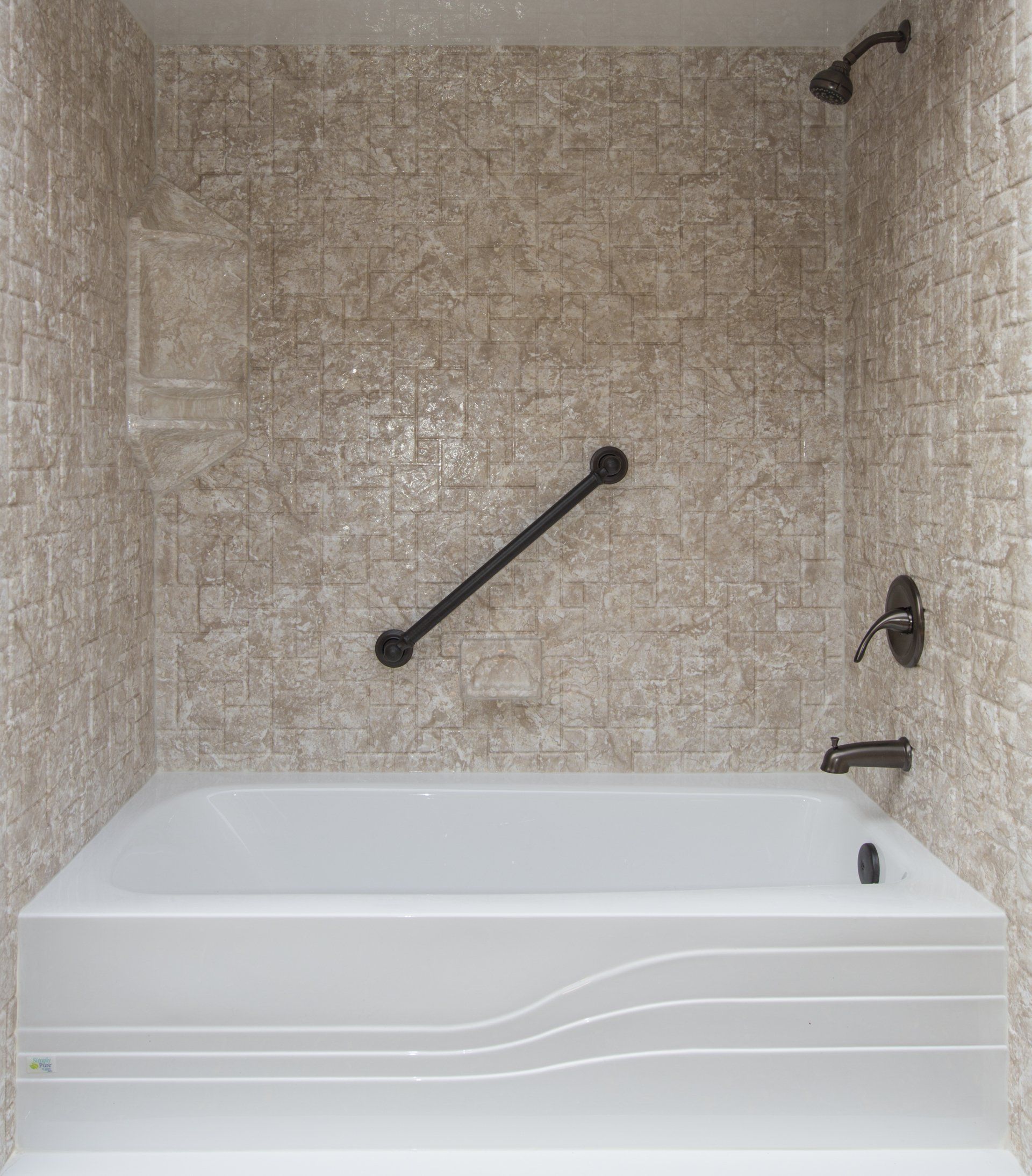Benefits of installing a walk-in bathtub in your New Hampshire bathroom
Jeff T Coleman
The body content of your post goes here. To edit this text, click on it and delete this default text and start typing your own or paste your own from a different source.
Blog

Multiple variables determine the total investment required for bathtub replacement, from material selection to installation complexity. Understanding these factors allows Salem homeowners to budget accurately and make informed decisions that balance immediate expenses with long-term value. Cloud 9 Tubs LLC provides transparent bathtub replacement services in Salem, NH , helping families understand exactly what influences project costs. We break down each factor clearly during free in-home consultations, allowing homeowners to make decisions that fit their budgets while meeting their long-term needs.

Most homeowners expect their shower to last decades with basic maintenance. Yet some showers begin showing serious problems within just a few years of installation. The early failures rarely stem from normal wear and tear. Instead, they reveal fundamental flaws in how the shower was originally installed. The difference between a shower that lasts twenty years and one that fails in five often comes down to installation quality, material selection, and structural preparation. Water is relentless. It finds every gap, penetrates every weakness, and causes progressive damage that remains hidden until it becomes severe. When waterproofing fails or installation shortcuts are taken, the consequences compound over time. At Cloud 9 Tubs LLC , we provide shower replacement in Salem, NH , that addresses the root causes of failure rather than surface symptoms. When a shower system is built correctly from the foundation up, it protects your home and eliminates recurring maintenance issues.

Selecting the right contractor for your bathroom upgrade makes the difference between a lasting solution and a costly mistake. Walk-in shower contractors differ in the materials they use, the warranties they offer, their installation methods, and how they approach customer service. Cloud 9 Tubs LLC recently earned the 2025 Angi Super Service Award, a distinction given to fewer than 5% of service professionals nationwide. This recognition reflects verified customer satisfaction, consistent quality, and proven reliability in walk-in shower installation. The award measures actual performance through customer ratings, project completion rates, and complaint resolution records. For Salem homeowners comparing options, this verification provides a measurable standard that separates exceptional contractors from average ones. This guide explains the specific qualities that distinguish us as an award-winning contractor from standard walk-in shower installers near you , and why these differences matter for your bathroom upgrade project.



